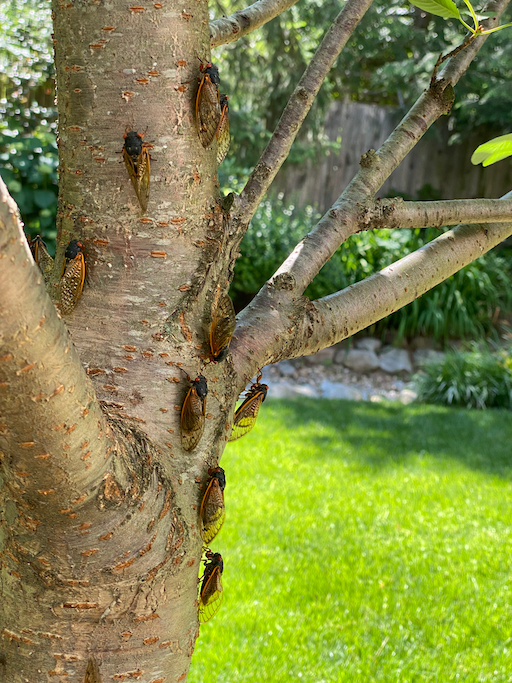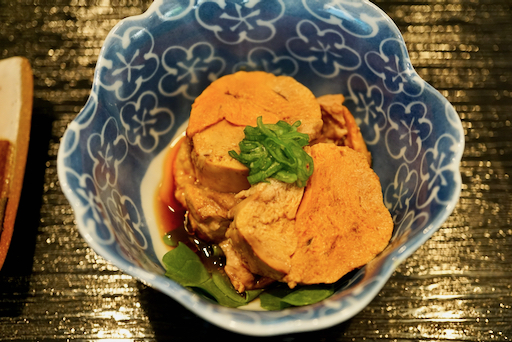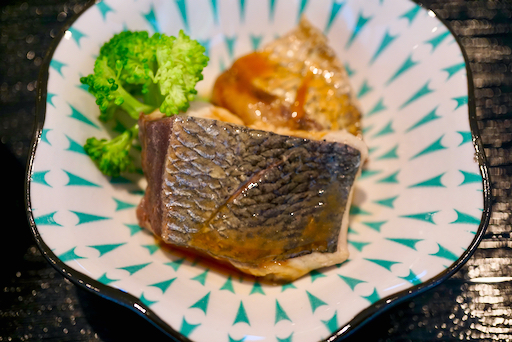After my wife made buttermilk using the culture from "The culture for health" we were quite impressed with the quality of the buttermilk. My wife decide to make something using the buttermilk. Since we had some leftover blueberries she decided to use the newly made buttermilk to make panna cotta with blueberry sauce as shown in the first picture.
1 tsp. gelatin
1 1/2 Tbs. water
1 cup 4% milk
1/4 cup sugar
1/2 tsp. vanilla
1 cup buttermilk
For the blueberry sauce:
1 cup of blueberries
1 tsp. Of sugar
Directions:
For blueberry sauce:
Put the blueberries and sugar in a small ceramic dish and cook them at 350 degrees for 30 minutes in the toaster oven until they form a thick type of blueberry jam.
For panna cotta:
Bloom the gelatin in the 1 1/2 Tbs. of water. Put the milk and sugar in a sauce pan and heat until the sugar is melted. Remove from the heat and use several tablespoons of the warm mixture to “temper” the gelatin until it is completely dissolved. Add the tempered gelatin into the rest of the milk mixture and stir completely. Let cool to room temperature. Add the buttermilk and vanilla. Pour the mixture into the containers. Tip the containers using a muffin tin to support them in order to get the beveled appearance. Cool in the refridgerator until the mixture becomes firm. Just before serving spoon in the blueberry mixture on top of the buttermilk mixture to bring the contents of the container even with the top.
This panne cotta turned out well. It was very creamy, slightly tangy and sweet with a vanilla flavor. The blueberries added a nice fresh blueberry flavor that went very well with the vanilla.






















